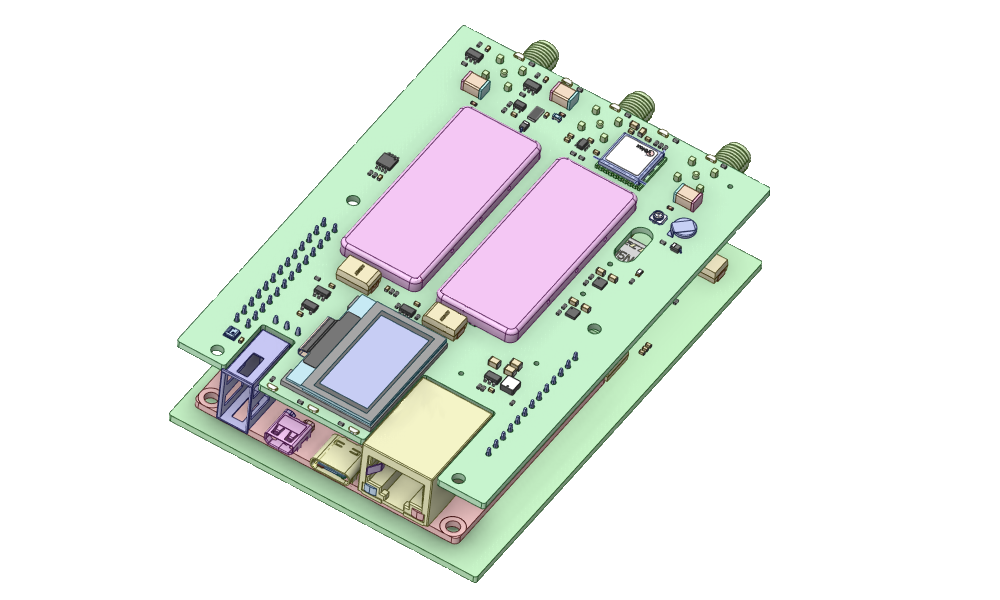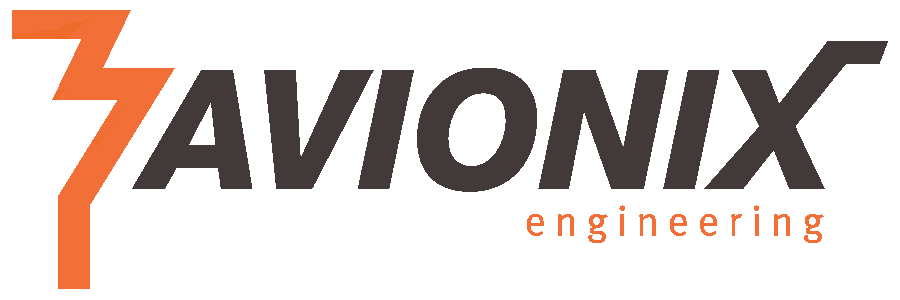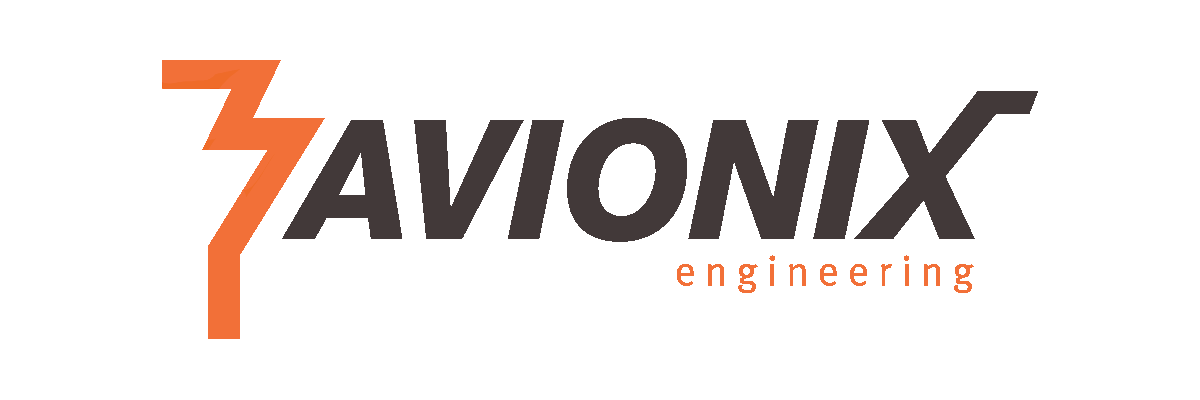Services

Hardware Project
Designing hardware for aerospace avionics involves precise engineering to capture and process signals from aircraft and satellites. Engineers focus on signal analysis, material selection for durability, integrating signal processing tech, and efficient power management to ensure reliable and accurate reception of signals for communication and navigation purposes.

Project to Reality
Turning the hardware design into reality involves creating prototypes, rigorous testing, iterative improvements, and scaling up for manufacturing. Collaboration and precision are key to achieving a reliable aerospace avionics.

Testing with Dedicated Apparatus
Rigorous testing of avionics is conducted using specialized software and testing equipment. This ensures the components function optimally and meet required aviation standards.
Fixing the Complications
After testing, any detected issues or malfunctions are meticulously addressed. Engineers work to rectify problems, refine the design, and enhance overall avionics performance.
Packaging
Prior to shipping, the avionics components are securely packaged to endure transportation. Every precaution is taken to ensure they reach their destination intact, maintaining their functionality and quality.
Assembling Aerospace Electronics
Our systems and software solutions are complemented by suitable equipment and necessary hardware. We care about installing, launching and maintaining all components.
- State-of-the-art ADS-B and Multilateration Surveillance Systems
- Frequency Monitoring and other systems related to RF technology
- Embedded devices, outdoor equipment
- Xilinx ZYNQ-7000 / UltraScale+
- (Preventive) IT-Maintenance (2nd and/or 3rd level)
- Worldwide provision of equipment and introduction of IT-systems
- After-sale care and change request management


OUR CODING PORTFOLIO
In our diverse coding portfolio, we harness the power of various programming languages to cater to specific needs and excel in different domains. Each language is carefully chosen based on its unique capabilities and advantages, ensuring optimal solutions for our projects.
When it comes to high-performance and low-level systems programming, C and C++ are our preferred languages. C, with its minimalistic and powerful design, allows for precise control over hardware and system resources. C++ extends these capabilities, enabling us to develop complex applications while maintaining efficiency and performance. In industries like aviation and ultralight communications, where performance and resource optimization are paramount, C and C++ play a vital role in crafting robust and optimized software solutions that meet stringent requirements and standards.
For robust and scalable server-side applications, we often turn to Java. Its strength lies in its ability to handle complex, enterprise-level projects. Java offers a vast array of libraries and frameworks, making it a top choice for building applications in various domains. Its strong emphasis on performance and security aligns well with the needs of our clients, particularly in mission-critical systems within the aviation industry.
JavaScript is our go-to language for client-side development. Its versatility and ubiquity in web browsers allow us to craft interactive and dynamic user interfaces. We often leverage JavaScript frameworks like React, Angular, or Vue.js to build modern, responsive applications. The thriving ecosystem and active community ensure that we stay at the forefront of web development trends, delivering exceptional user experiences to our clients.
Python is an integral part of our development toolkit, especially for rapid prototyping, data analysis, and automation. Its clean and readable syntax, coupled with a vast selection of libraries and frameworks, expedite the development process. Python’s applicability across various domains, including aviation and ultralight communications, enables us to swiftly create effective solutions tailored to our clients’ specific needs.
Web and Application Development
Transforming your ideas into seamless, user-friendly web applications and software solutions tailored to your needs.
Software Quality and System Testing
Ensuring top-notch performance and reliability through rigorous testing, guaranteeing a flawless user experience.
Air Traffic Surveillance Display
Providing advanced solutions for real-time, comprehensive air traffic surveillance, enhancing safety and efficiency.
ADS-B and ASTERIX data processing
Expertly handling ADS-B and ASTERIX data, turning raw information into valuable insights for optimized decision-making.
Consulting, Project Management and Networking
-
Support in specific areas: A-CDM, A-SMGCS, Airport Planning, AOCC etc.
-
Support for Project, Offer and Tender Management
-
Documentation and Reviews
-
Training
-
Site Acceptance Tests
Complementary Services
-
Web Design and Hosting
-
Event Organization
-
Translations from/to English, Spanish, German, French, Polish, Czech


